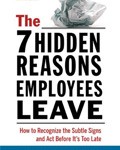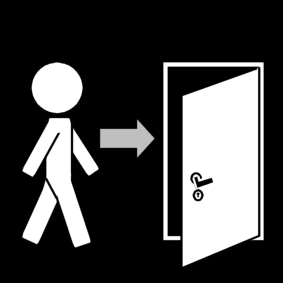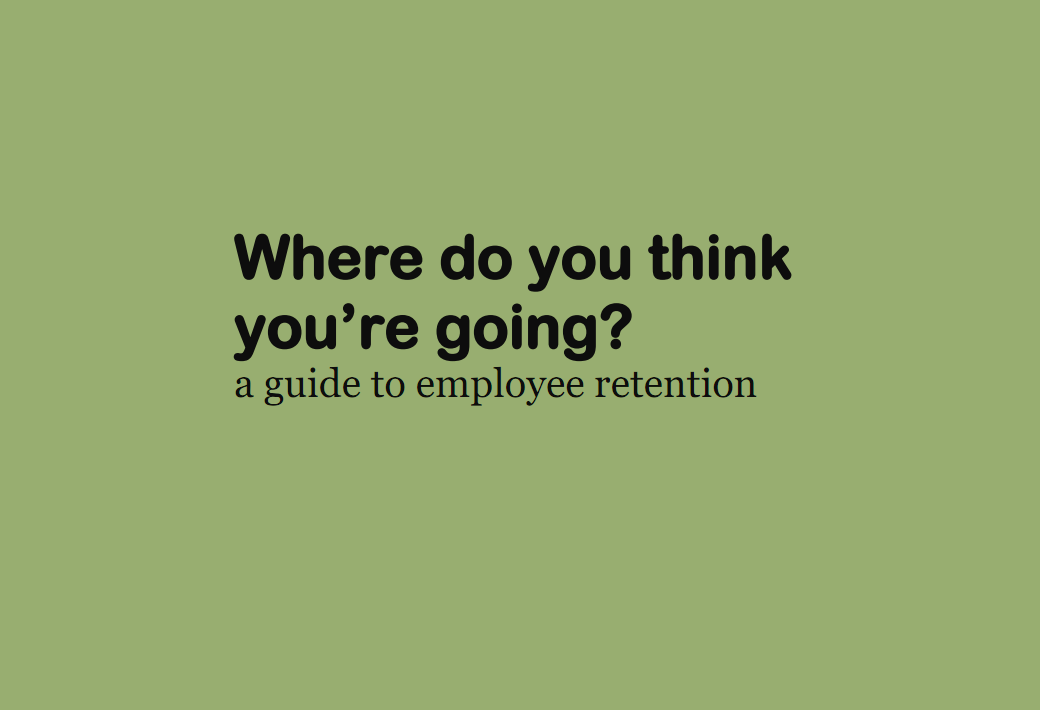 One of my earliest posts talked about how a previous employer seemed to have a disproportionate ratio of reprimands to commendations. Here’s a snippet:
One of my earliest posts talked about how a previous employer seemed to have a disproportionate ratio of reprimands to commendations. Here’s a snippet:
In my time working here, I\’ve seen hundreds (thousands?) of reprimands. I\’ve seen a single commendation. That leads me to two possibilities. One, there really aren\’t any other staff members who deserve being commended for performing well (not likely). Or two, there aren\’t any supervisors willing to commend someone for doing well (quite likely).
Or maybe it\’s more benign, and the supervisors really don\’t know the power of a short note letting someone know that he/she knocked it out of the park.
Whatever the cause, it\’s a problem that needs to be addressed. Check out your own ratio. I don\’t think you should be praising your employees daily for every little action, but when someone really takes up the slack and goes above and beyond, then it really wouldn\’t hurt to show some appreciation.
A world apart
Fast forward to today, and things couldn’t be more different. The problem I’m running into lately is the paradox of choice–too many reward options means that fewer rewards are made overall. I’m working hard on not adding more layers of tools for commending employees in case too much choice ends up slowing down the process.
We’ve had one person that I can think of in recent months that received a reprimand. In that same period, we’ve given dozens of awards for exemplary performance to people who absolutely deserved every bit of the reward (both monetary and verbal/written).
Affecting the bottom line
When I look at overall company performance for the long-term, I see a trend there as well.
- The company that focused on telling people how they were doing things wrong? They went belly up. Bankrupt. Out of business.
- The company that focused on telling people how they were doing things right? Morale is high. This year is slated to be the best yet.
Some people will tell you the “little” things like that don’t matter in the grand scheme of things. I would counter that those “little” things are what great companies are made of.
Which of the two workplace examples do you identify with? Why?


 One of my earliest posts talked about how a previous employer seemed to have a disproportionate ratio of reprimands to commendations. Here’s a snippet:
One of my earliest posts talked about how a previous employer seemed to have a disproportionate ratio of reprimands to commendations. Here’s a snippet:
